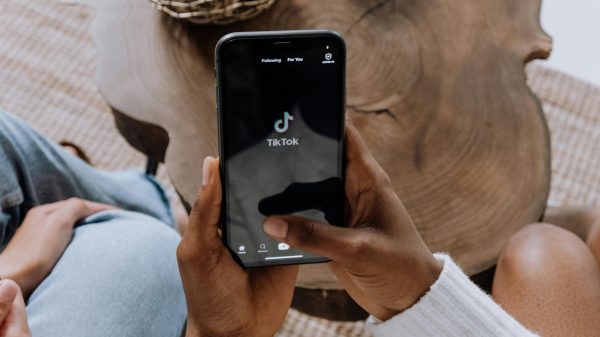The amount of time users spend on social media has increased in recent years.
According to the latest data, on average globally each internet user spends almost two and a half hours a day using social media platforms, which equates to more than a third of their total time online. Of course, this time varies by user age, with the younger population (especially 18-24 year olds) being the heaviest users of social media, spending almost three hours on average.
This trend of increased time spent on social media has been a result of the change in the business model of these platforms to generate more revenue by retaining users’ attention.
The evolving social media business model: maximising time online
In the beginning, the first social networking platforms, such as Friendster, MySpace, and Facebook, were created with the aim of connecting people and introducing not only functional but also social use to the internet. Their motivation was not to generate revenue, so they lacked monetization strategies. However, as these platforms expanded and attracted millions of users, the need for a sustainable revenue model to fund their infrastructure and activity became evident.
To continue offering social media services for free, the platforms adopted the advertising business model. Essentially, this model is based on offering advertising space to advertisers. Advertisers are willing to pay considerable sums to gain access to the vast user bases that social networking platforms have accumulated. By leveraging user data, these platforms can deliver targeted ads, ensuring that ads are relevant to the interests and behaviors of specific user segments.
Over time, platforms have observed that the larger their user base and the more time these users spent on their social networks, the more opportunities they had to display ads and sell advertising space, which translated to higher revenues. To keep users online for longer periods, social networking platforms have incorporated features that might generate addictive behavior.
How social networks attract users
Social media platforms have “psychological triggers” that attract users and encourage prolonged use. These triggers include the reception of continuous visual stimuli, the distortion of time when faced with unlimited content, and the generation of “rewards.”
First, social media platforms such as TikTok, Instagram (through “Reels”), and YouTube (through “Shorts”) have popularized short, sequenced videos. These videos are brief but are designed to generate a constant flow of visual stimuli. This is achieved through a rapid succession of images, engaging visual effects, and scene changes that continuously capture the user’s attention. The sequencing allows users to quickly become immersed in the content.
Secondly, once the user’s attention is captured, infinite scrolling prolongs the time they spend on the platform inadvertently. Infinite scrolling is an interface design where content continues to appear as the user scrolls down the screen, with no visible end. This technique creates a seamless and continuous user experience, eliminating any interruptions that might cause the user to stop interacting with the platform.
Finally, social media algorithms are designed to show users content tailored to their tastes and interests. As a result, users expect to find something entertaining, informative, or fun, which provides immediate satisfaction. This search and discovery of interesting content activate the brain’s reward system, releasing dopamine. Dopamine is a neurotransmitter associated with feelings of pleasure and satisfaction, reinforcing the behavior to keep scrolling and searching for more content.
That said, we should not underestimate the positive effect of social media in our daily lives. They allow us to stay in contact with people around us and access interesting and informative content. However, it is crucial to promote responsible use of these platforms to improve user well-being, resulting in a better balance between people’s physical and digital lives.










